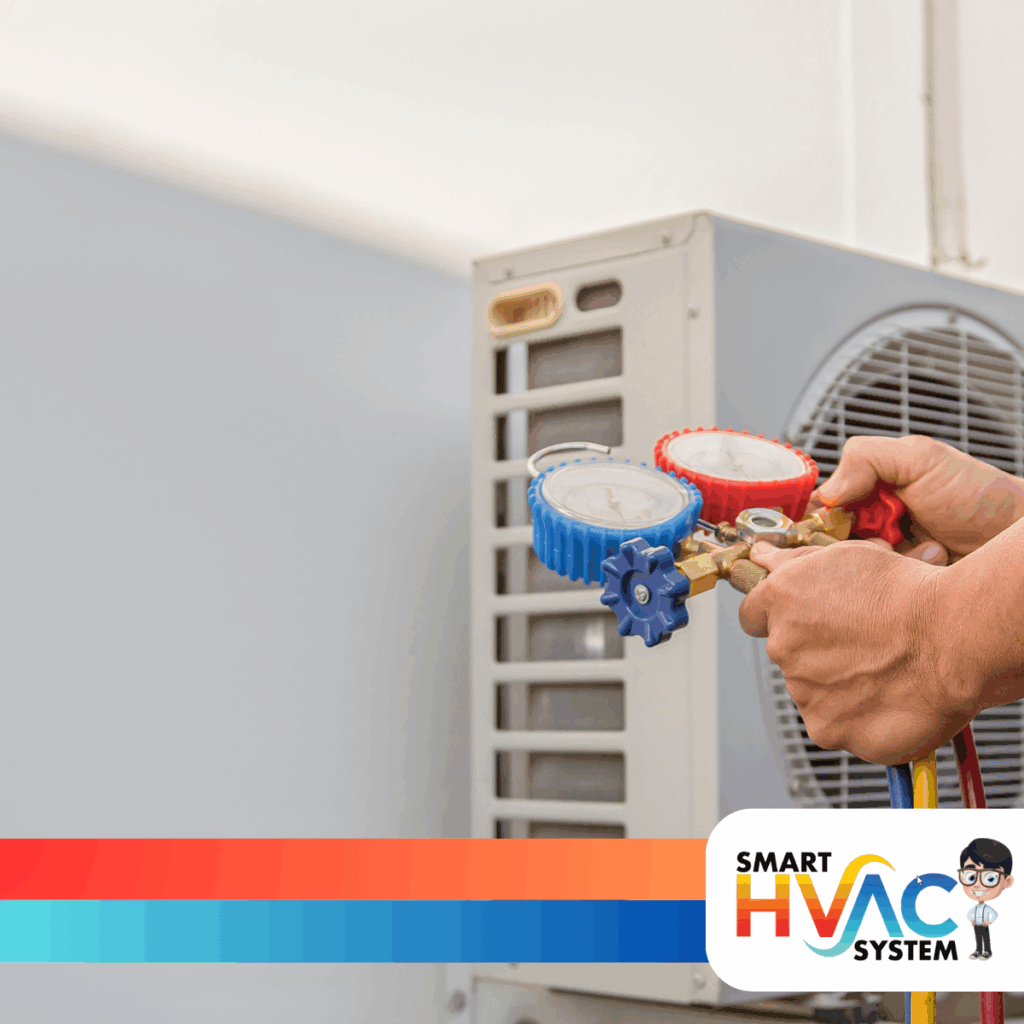Your air conditioner is a home essential—especially when temperatures start to climb. And while it might seem like a job for the pros, there are actually several DIY air conditioner maintenance tasks you can handle on your own to keep your cooling system running smoothly.
But—and this is key—some parts of AC maintenance should always be left to trained professionals.
So, let’s break it down: what you can do yourself, and what you shouldn’t even touch without the help of an expert.
✅ DIY-Friendly AC Maintenance Tasks
These basic maintenance steps are safe, effective, and easy to perform—even if you’re not especially handy.
1. Replace or Clean the Air Filter
Dirty filters are one of the top reasons AC units lose efficiency. Changing them is simple and makes a big difference.
How often? Every 1–2 months during peak usage.
🛠 DIY level: Beginner
📍 Why it matters: Improves airflow, energy efficiency, and indoor air quality.
2. Clean Around the Outdoor Condenser Unit
Leaves, dirt, and debris can block airflow and overheat your air conditioning system.
How to clean:
- Turn off the power.
- Remove debris by hand or with a garden hose (gentle spray only).
- Trim vegetation at least 2 feet around the unit.
🛠 DIY level: Beginner
📍 Why it matters: Prevents overheating and keeps your AC unit working efficiently.
3. Clear and Flush the Condensate Drain Line
Clogs in the drain line can lead to water damage and mold growth.
DIY method:
- Locate the drain line (usually PVC).
- Pour a cup of white vinegar down the line every 3–6 months to prevent clogs.
🛠 DIY level: Intermediate
📍 Why it matters: Keeps moisture draining properly and prevents system shutdown.
4. Check Thermostat Settings
Make sure your thermostat is working correctly. If it’s outdated, consider upgrading to a smart thermostat for better efficiency and control.
🛠 DIY level: Beginner
📍 Why it matters: Optimizes cooling performance and reduces energy costs.
5. Clean Vents and Registers
Dusty vents reduce airflow and circulate allergens through your home.
Tip: Remove vent covers and vacuum with a brush attachment. Wipe down with a damp cloth.
🛠 DIY level: Beginner
📍 Why it matters: Enhances air quality and airflow in your HVAC system.
❌ Air Conditioner Maintenance You Shouldn’t DIY
These tasks require special tools, training, and certifications. Attempting them yourself could lead to costly damage—or worse, safety risks.
1. Handling Refrigerant
Refrigerant levels are critical to your system’s performance, but recharging or repairing refrigerant lines should only be done by certified professionals.
🚫 Why not DIY? It’s illegal to handle refrigerant without EPA certification—and it’s dangerous.
2. Electrical Repairs
Your AC system is wired directly into your home’s electrical panel. Diagnosing or fixing electrical components is risky if you’re not a licensed technician.
🚫 Why not DIY? Shock hazard and potential system failure.
3. Deep Cleaning of Evaporator and Condenser Coils
While surface cleaning is okay, deep internal cleaning of coils can easily damage sensitive parts if not done correctly.
🚫 Why not DIY? Coils are fragile, and damage can result in expensive repairs.
4. Checking System Pressure and Internal Components
Professionals use specialized tools to inspect pressure levels, motor function, capacitor health, and more.
🚫 Why not DIY? Requires diagnostic equipment and expert knowledge.
Why Combine DIY with Professional Maintenance?
Doing what you can at home helps keep your air conditioner clean and efficient—but combining it with annual professional air conditioning maintenance gives you the best results. A pro can:
- Spot early warning signs
- Perform a full system tune-up
- Ensure safety and performance
- Keep your warranty valid
Taking care of your air conditioner doesn’t have to be complicated. With a few regular DIY tasks and one professional check-up per year, you can enjoy cleaner air, lower energy bills, and a more reliable cooling system all summer long.
READ MORE:

